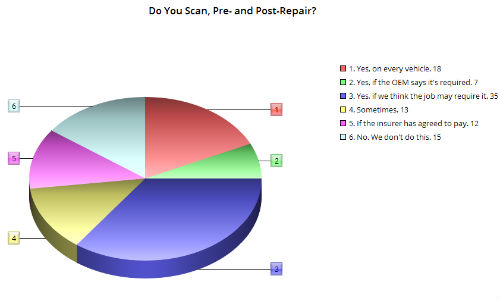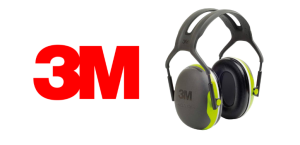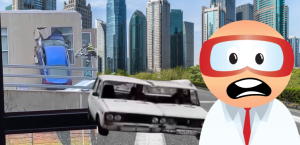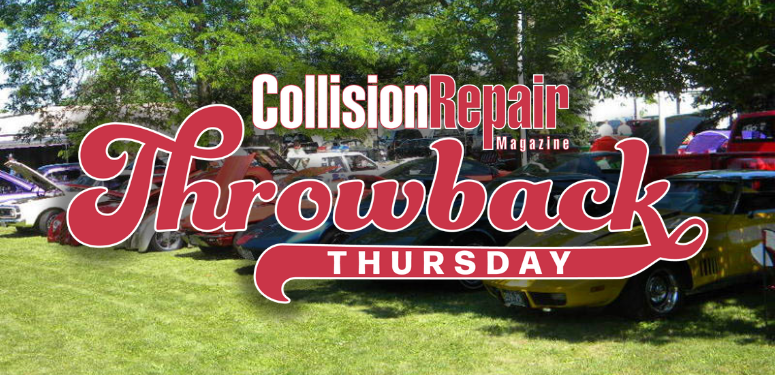By Mike Davey
Hamilton, Ontario — August 22, 2017 — Scanning and calibration aren’t new topics in the collision repair industry, but significant discussions regarding those operations are still playing out between repairers, insurers and the OEMs. Our most recent survey looked into the scanning and calibration habits of our readers.
Collision Repair magazine runs new surveys every week on a variety of topics. Our next survey takes a look at spray guns. You can participate in that survey at this link.
The first question in the survey was blunt: “Does your facility conduct pre- and post-repair scans?” The majority of respondents conduct these scans on at least some vehicles, but a full 15 percent of respondents indicated that they don’t scan. That’s a little less than the respondents who told us they conduct these scans on every single vehicle (18 percent). The majority (35 percent) scan if “we think the job may require it,” with an additional 7 percent indicating that they scan if “the OEM has released an official position statement saying it’s required.”
Scanning itself is really just the tip of the iceberg when it comes to this topic. According to our sources at several OEMs, unperformed calibrations may be an even larger safety issue. The car may look good and drive just fine, but if certain systems needed calibrations they didn’t receive, the vehicle is unsafe.
Our next question asked survey respondents to let us know what percentage of collisions they see require some form of calibration. The single largest answer at 30 percent was that “10 percent or less” require a calibration of at least one system. In general, the answers drop off from there fairly steadily. According to our survey, 15 percent of shops say 11 to 20 percent of collisions require some form of calibration and 14 percent say its more like 21 to 30 percent. The next two answers were “31 to 40 percent” and “41 to 50” percent of collisions require calibrations, with answers of 9 and 7 percent respectively.
However, it’s with the next category that things start to get really interesting. The final answer for this question was “51 percent or more,” meaning more than half of the vehicles that come into the shop require at least one system to be calibrated. Fully 25 percent of our respondents indicated that this was the case. That’s almost as many as told us that 10 percent or less required calibration! There’s no way to tell from the data gathered, but it’s possible that at least some shops simply aren’t performing the number of calibrations that they should.
Our next survey focuses on spray guns. As always, the survey is open to all members of the industry, is completely anonymous and should take less than two minutes to complete. You can participate in that survey here, and make sure to watch collisionrepairmag.com next Wednesday for the results!
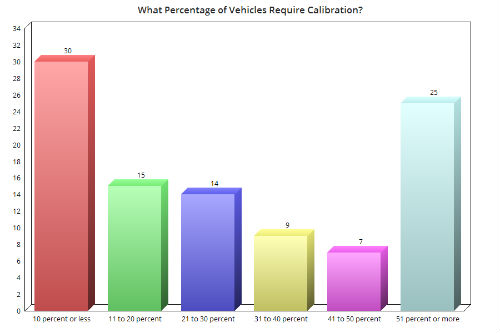 |
|
|
Many modern vehicles require at least one calibration in the event of a collision,{source}<br/>{/source}often even if the system itself wasn’t damaged. The chart above shows what our{source}<br/>{/source}respondents believe to be the approximate percentage of vehicles coming into{source}<br/>{/source}the shop that require at least one calibration. |



